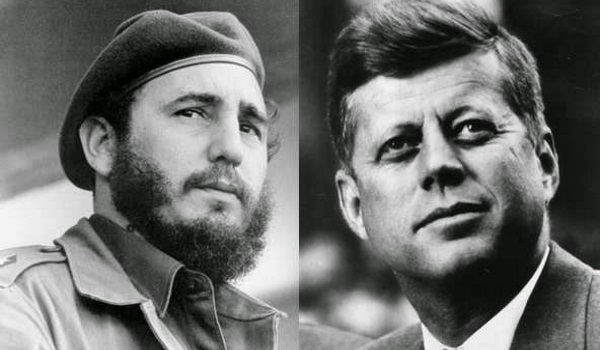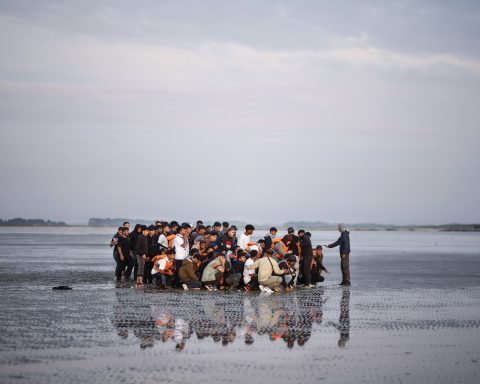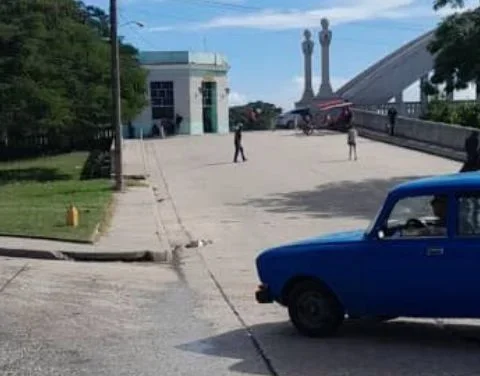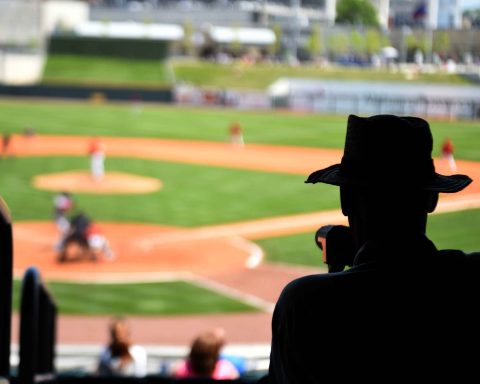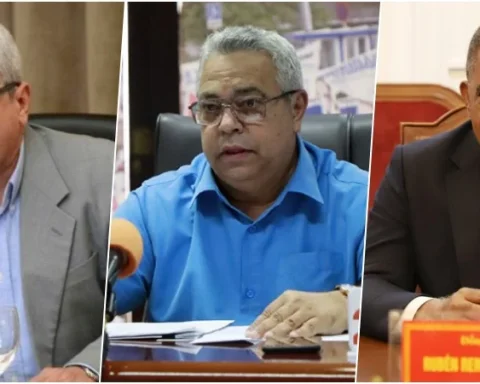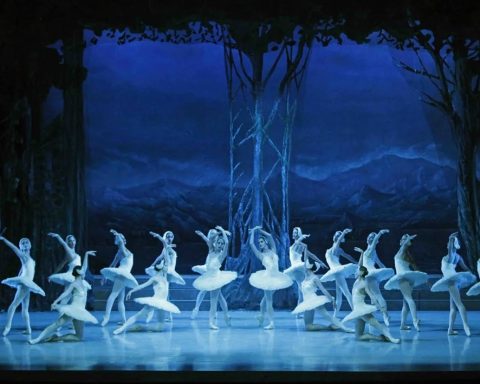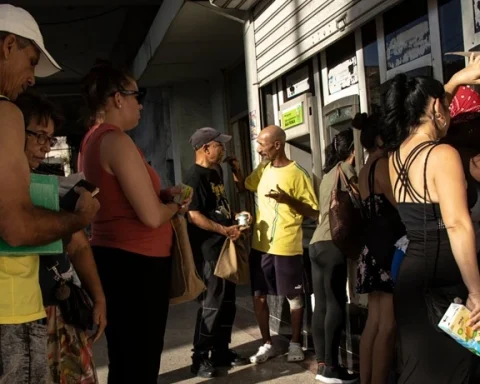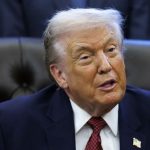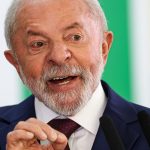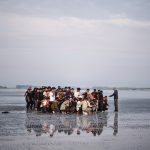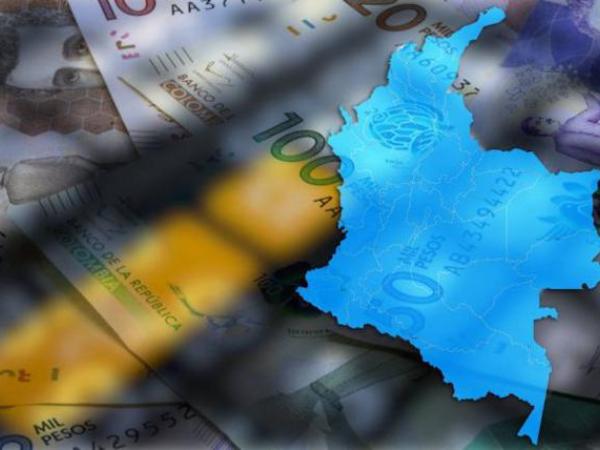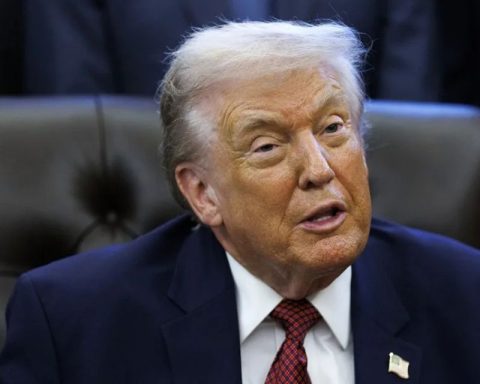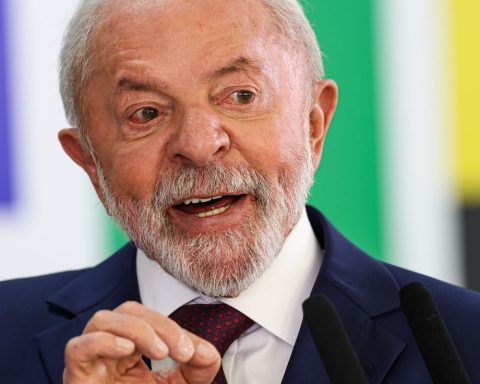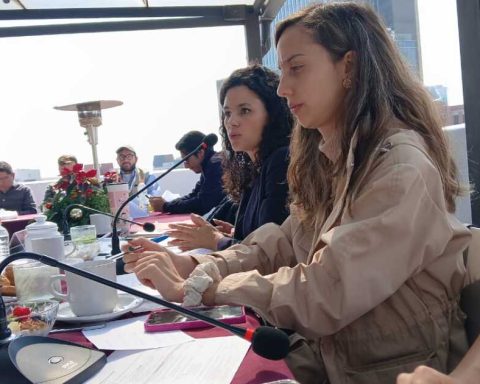LAS TUNAS, Cuba. — In a moving speech, perhaps never before delivered in the United States, at 7:00 p.m. on October 22, 1962, President John F. Kennedy reported the installation in Cuba of Soviet nuclear-capable ballistic missiles; he thus began, publicly, the missile crisis.
The world was on the brink of a global thermonuclear war in which “Cuba would burn in the fire of war,” he said. Nikita Khrushchev to Fidel Castro when he proposed to the Soviet ruler that they be the “first to deliver the nuclear blow against enemy territory”, the United States.
Contrary to the position of Fidel Castro, in that speech that is now 60 years old, Kennedy told the United States and the world: “We are not going to prematurely or unnecessarily risk paying the costs of a world nuclear war in which even the fruits of victory would be like ashes in our mouths. But we’re also not going to back down from that risk any time we have to face it.”
On that occasion it was said that the missiles had been detected through photographs taken by a U-2 plane, but in reality, the aerial images were obtained in what is called an operational combination in the jargon of secret work. It was a modeling that in this case served a double purpose: to verify the signal obtained secretly and, at the same time, through the photographs themselves, to make the information public, trying to keep the clandestineness of the agent (the soviet intelligence colonel Oleg Penkovsky), who had provided the Americans with precise data on the missile sites that the U-2 would later photograph. Despite this combination of masking, Colonel Penkovsky was discovered, arrested, tortured and killed.
In his speech on October 22, Kennedy informed of a “strict quarantine” for all Soviet ships heading to Cuba with offensive weapons, for which the Cuban archipelago was subjected to a naval and air blockade like never before in its history. . The naval forces consisted of 85,000 men and 183 ships, including three submarines and eight aircraft carriers; while the air force consisted of 2,142 aircraft, including aircraft carriers, a force that comprised 75 heavy and medium bombers, 145 scout planes, 165 anti-submarine patrol planes, 600 transport planes, 790 fighter-bombers, and 367 interceptor fighters. .
If they were to invade Cuban territory, the US air force had planned 1,190 incursions for the first day of battle alone, for which they had enlisted 579 combat planes.
Even so, with supplies for 15 days of conflict, Kennedy opted for the force of the blockade as a dissuasive measure and also for negotiation, carried out through diplomatic channels with Nikita Khrushchev, with whom, as is known, he reached a peaceful agreement that freed humanity from a nuclear world war, an agreement that, concerning Cuba and its communist influence in the region, the US president did not reach with Fidel Castro, despite trying to do so by employing confidential negotiators.
Perhaps, according to American historians, one of the most closely guarded secrets about the Missile Crisis was the negotiation carried out between Kennedy and Fidel Castro through Brazilian diplomats long before the crisis that put the world in danger of destruction.
It is known that on April 22, 1962, the Brazilian ambassador to Cuba, Luis Bastian Pinto, met with Fidel Castro to suggest that he distance himself from Moscow, offering his help and that of his government to serve as an intermediary in the Cuban conflict. -American, affirming that Brazil was the only channel with real communication between Cuba and the United States.
Secretary of State Dean Rusk had assured Brazilian Foreign Minister San Tiago Danta that, from the point of view of the United States, only two things were non-negotiable with Cuba: its direct links with Moscow and Cuban subversive acts in other countries of the continent. Fidel Castro was evasive and promised the Brazilian diplomat, telling him that he would soon meet with him with concrete proposals, which he never did.
Kennedy even used Algerian President Ben Bella, who was visiting Washington on October 15, 1962, as an emissary with Fidel Castro so that he would tell the latter, when he traveled to Havana the next day, that the United States had no objections to Cuba had a national communist regime, as long as it was not an instrument of Soviet military power in the region. But when, a week before the missile crisis broke out, the Algerian president transmitted Kennedy’s message to Fidel Castro, Cuba and the Cubans were already tied to Moscow, as they still are today.
OPINION ARTICLE
The opinions expressed in this article are the sole responsibility of the issuer and do not necessarily represent the opinion of CubaNet.
Receive information from CubaNet on your cell phone through WhatsApp. Send us a message with the word “CUBA” on the phone +525545038831, You can also subscribe to our electronic newsletter by giving click here.
